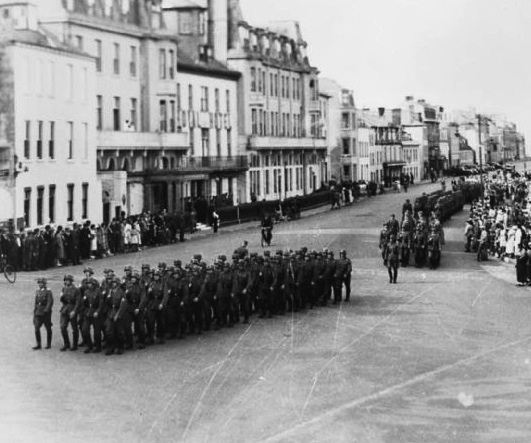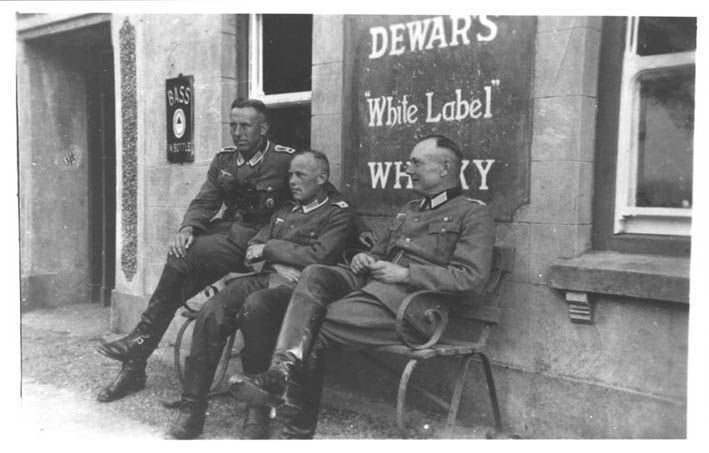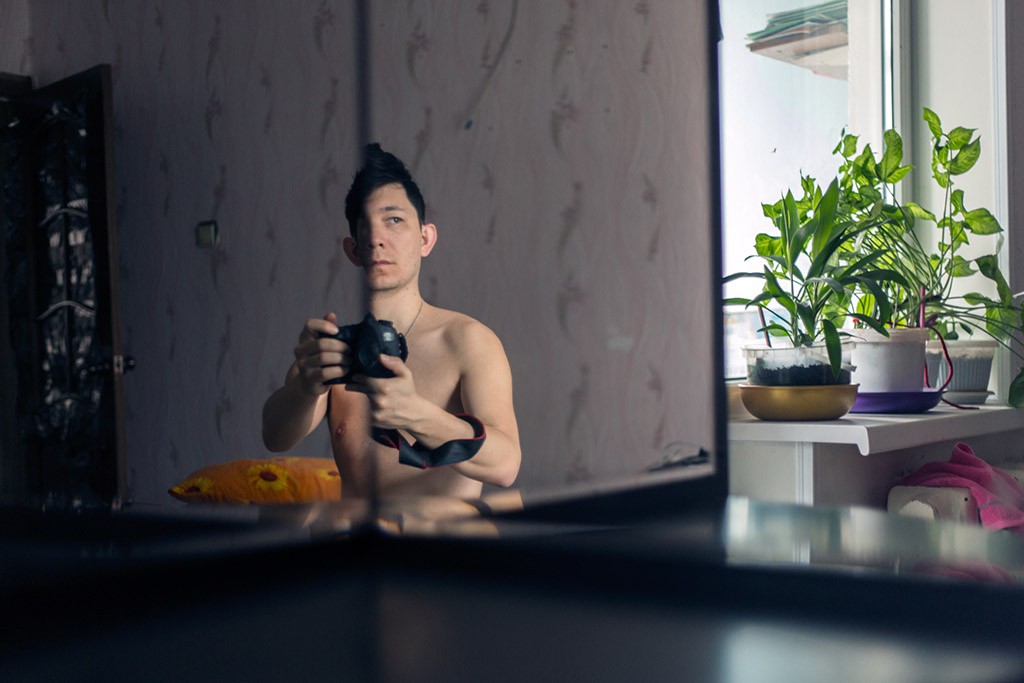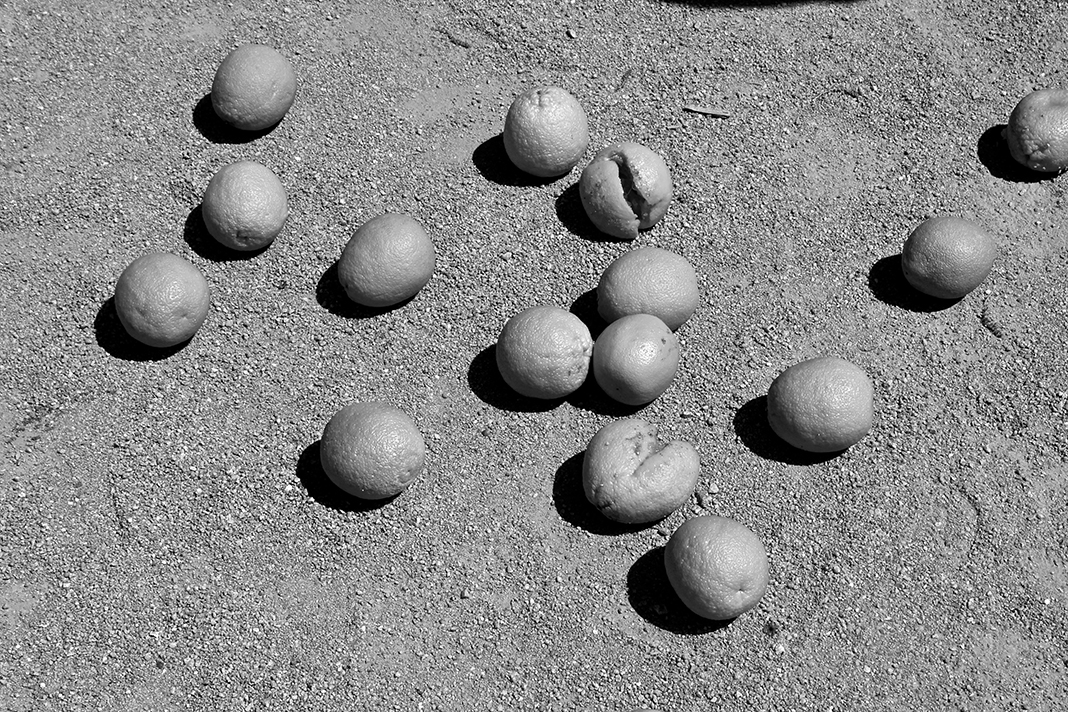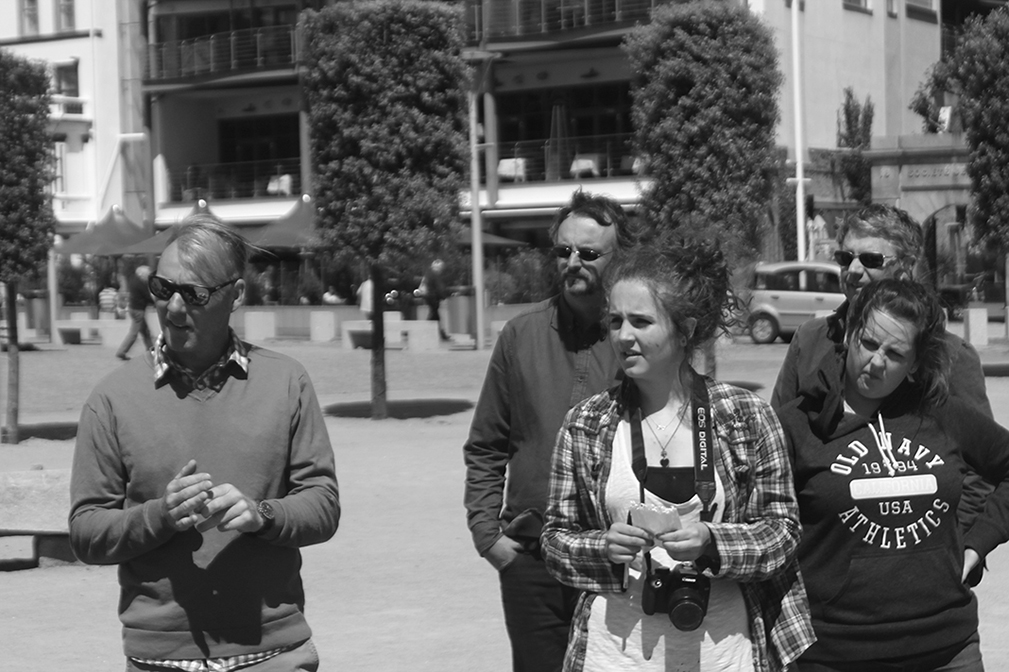German troops march through the streets of St Helier during the Nazi occupation of Jersey 1940-1945
9.30 am – 10.45 am: We arrived the Jersey Archives Building, and made our way to a large conference room. When we arrived we were greeted by Gareth Syvret, the event organizer and a researcher for the Archives. As an introduction to the day, Gareth tackled the question of what an archive actually is and spoke of the great importance that photographic archives play as both a cultural and historical research tool, as Gareth says himself, “we must understand the past in order to understand the future” Gareth then spoke of the role that the Jersey Archives as the official Archive Center in the Island.. He showed as a series of early studio portraits from the mid-late 19th Century. Gareth explained the historical role of photographs and how the Archive can be used as a research tool to show the cultural trends and behaviors of people throughout the different decades, as well as a means of highlighting the dramatic change in photography over the last 170 Years. Gareth spoke also about his own influences which include Kessel Kramer, a creative digital communications company, and William T Collin’s, a 19th Century photographer from the Channel Islands, who made an extensive collection of portrait of different Channel Islanders during the Victorian Period.
11.00 am – 11.30 am – The focus of the talk began to concentrate more on the role of the archives in contemporary photography. Gareth explained how the Arshilse Photographers in Residence Michelle Sank (2013) and Yury Toropstov (2014) used to archives to inspire their own work, showing us Yury’s video documenting his journey with the archives to. I found Yury’s video documenting his journey during his 6 Month Residency to be very fascinating, as this work was very much as progressive journey he undertook to greatly explore to Island despite his ‘outsider’ perspective with little knowledge of the Island. As well as this, we also undertook a mini challenge which involved us having to guess the dates of 17 different photographs, ranging from 1840 – 2010. I found it challenging and difficult but also fun. I got most of them wrong but it was interesting to see what I was lacking when it came to evaluating the photos. Also some of the photographs were quite deceptive, which does show the extent of overlap of photographic techniques in the 20th Century.
Here are 7 interesting facts that have I learned from Gareth’s talk.
1. The Archive stores over 80,000 Photographs, dating back to 1840
2. Archives are split into categories of specific topics
3. Archives have shown us exactly how important photography has been as a source of evidence in the last 150 Years.
4. The earliest cameras were known as plate camera, it took up to 15-60 minutes to record an image
5. An archive relates to anything which can store information
6. Archives are an important as a social documentation.
7. Photographs can be used to reflect the photographers relationship with the community
Here are the links to Michelle’s and Yury’s blogs and the Archilse Project
www.archilse.org.je
Yury – www.archilse.org.je/catergory/yury-toropstov-blog/
Michelle – www.archilsse.org.je/michelle-sank-insula/

